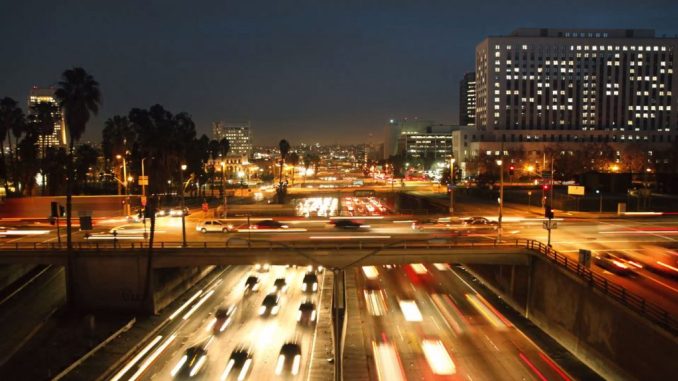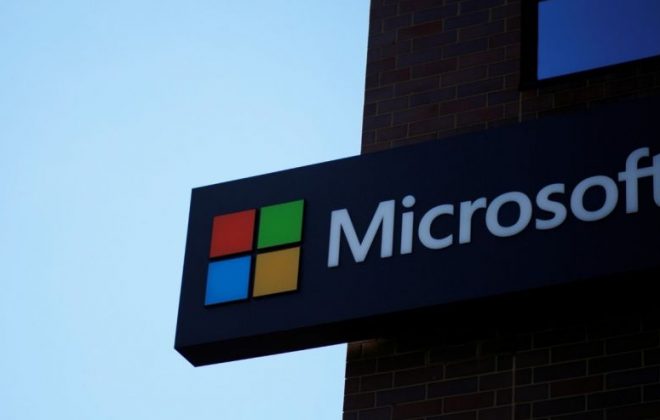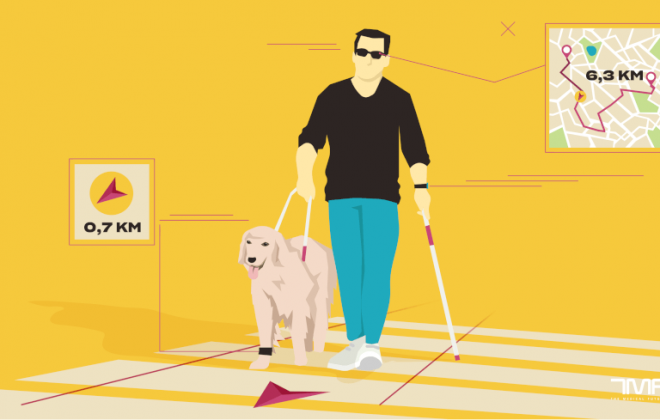Empowering Connected Societies – Smart City Expo World Congress
Trudy Norris-Grey, Managing Director of Global Business Development, Microsoft Corporation
From cities as large as Mumbai to the smaller community of Tucson, Arizona and everywhere in between, citizens around the world are flocking to city centers at historic rates. More than 50 percent of the world’s population can now be found living in urban areas, and by 2050, nearly 70 percent of the global population—more than 6 billion people—will live in cities. This is 2.3 billion more people than live in cities today. This rapid change coupled with innovative technology solutions solving complex problems and fundamentally disrupting even the most remote communities, show we are living in transformational times. It’s impacting the way we work, live, communicate and interact with the world around us.
The foundation for the smart city infrastructure of tomorrow is being laid today. Local leaders are pushing the traditional boundaries of government to make their cities smarter, safer, more sustainable, more economically robust and more efficient for their citizens and are looking to incorporate technology to effect positive and inclusive change. These leaders recognize that the time to invest in smart solutions is now. It’s time to elevate and combine the conversation around connected cities, governments, and citizens to work cohesively as well as independently. When we think about connected societies, we must think across a broad range of services and citizen life including energy, water, transportation, buildings, and public safety. There is a need for city infrastructure and services to evolve and become more connected. One aspect of this future connected society that is quickly growing today is transportation; transportation of both people and goods as retail options are increasingly on-line.
As civilizations have evolved, so have our modes of transportation. First by foot, then by horse and now by an array of vehicles large and small, public and private. Yet, as technology has improved and accessing transportation options are now available at our fingertips, our vehicles themselves are not yet integrated into the world around them. Vehicles have become “smarter” but to achieve their potential, they need to interact with a smart city with smart city infrastructure.
City infrastructures built to accommodate the smart car of tomorrow, connecting roads, street lighting and street signs should be a seamless system of transportation options allowing citizens to move and operate between home, work, school and play. As a result, city residents are empowered to navigate the daily routines, experiences and challenges of life with ease. Neighborhoods and citizens are safer thanks to solutions in the Microsoft Safe Cities portfolio, which allow systems to automatically monitor and attend to such things as malfunctioning traffic lights by rerouting a service crew a few blocks away.
Greater Connected Infrastructure
A recently released IDC white paper defines a smart city as a system of systems. The connected city system plays a vital role in a successful smart city because all systems are interconnected and one part impacts the whole. A city that harnesses its capability, capacity and intellectual might to focus squarely on improving infrastructure can cement a lasting impact for decades to come – not only in terms of the well-being of its citizens but also on the economic potential of the city by attracting key talent. With the internet-of-things sector growing into a trillion-dollar industry in the next decade, there is no limit to the impact these advancements may have on city infrastructure. In Gandia (Spain), municipal authorities have installed more than 13,000 connected lampposts across the city to remotely control and monitor energy usage, using Microsoft’s Azure cloud. The city now spends 80% less on energy and has reduced CO2 emissions in the process. In Atlanta, Georgia (United States), the Atlanta police department is enabling officers to use mobile devices to access data dashboards that identify repeat offenders, juvenile arrest records, neighborhood crime, gang-related information and more. By empowering officers with this improved situational awareness, they will be better able to track crime patterns and make real-time decisions to prevent crime.
Even with this progress, city infrastructure in many locations continues to gain momentum. Most existing smart city investment is for specific projects, led by individual departments, not coordinated across agencies or organizations. The next wave of smart city investment and innovation is about implementing solutions that connects separate systems together. IDC states that “if these separate systems are proactively coordinated, and supported with integrated data, the benefits can improve the entire city.” Accomplishing this will require working together. Microsoft has a vast partner ecosystem, which includes thousands of partners lighting up the solutions digital societies need. Digital transformation is not a transaction for Microsoft, it’s a partnership.
There are many barriers ahead, including: security and privacy concerns, a lack of industry standards, lack of funding and tight budgets, a plethora of solutions or vendors to use, and making that talk to a municipality’s existing mix of technologies. Microsoft and its partners are continually innovating and implementing solutions to help cities work around these barriers. Not only do we have the experience and ability to secure platforms for digital societies, we can help cities innovate on top of their existing systems to speed up their transformations.
Collaboration Spurs Innovation
Where some may see this complexity as a challenge, at Microsoft we view this as an opportunity. We want to live up to our own mission of empowering every person and organization – every city – on the planet to achieve more. We believe the technology industry has an important role to play in helping city leaders, government officials, academia, first responders, urban planners, auto makers and others come together to optimize city infrastructure and accelerate digital innovation.
We’re already helping leaders develop and implement cloud-based technology solutions to deepen their innovation and digital transformation efforts so they can deliver safer, smarter and more effective government operations and citizen services. By bringing together the growing city ecosystem, innovative smart city technology and the rapidly growing connected car market we are focusing attention on one element of the future connected society. And we recognize that in order to build a connected society; and so, we will harness our robust partner ecosystems and trusted platforms.
Using lessons learned in London, Auckland, Miami, Atlanta and other cities, we can transform boundlessly. Soon, citizens around the world will have unparalleled transit options and safer roads to travel upon. Connected data will be secured to the highest possible standards and shared across government and private sectors. A traffic accident in the middle of a public housing development will be treated the same as an accident in the downtown business district. First responders will be called the moment a sensor is triggered aboard the vehicle and data analytics and video help explain what happened and how. School buses and public transit buses are routed around the accident scene so workers can still arrive to work on time.
In addition to the technology, collaboration enables this connected society. City leaders, citizens, academics and utilities all working together to enable our neighbors and enrich our communities. For example, we are working with Cubic Corporation to help them scale globally with the use of Azure. Cubic’s solutions are offering a huge benefit to citizen experiences around the world with its innovations in traffic and transportation management.
By leading this change in a thoughtful and deliberate manner, cities will create environments that are more sustainable, prosperous and inclusive for all. Through the Smart Cities for All (SC4A) initiative, cities are working to eliminate the digital divide for older people and persons with disabilities around the world. SC4A has developed a maturity model to help cities around the world evolve and assess their level of digital inclusion and accessibility. Through Vision Zero, Microsoft is working with Open Data Nation (ODN) to reduce traffic fatalities and injuries. By creating welcoming environments that attract new business and cultures and build up citizens, those that lead today and do it well tomorrow, will develop reputations as creating a government and community that works for all its citizens.
All of this work is ultimately about the most important resource on the planet: people.
More than 80 percent of millennials believe SmartCity technology will positively impact our lives and we owe it to the next generation of leaders to judge us by how many lives we change because of technology.
At Microsoft, our goal is to be a trusted partner and we are humbled to be named the most-trusted smart city vendor. Even with a proven record of working with local leaders, we are forever striving to gain and keep their trust as we develop innovative solutions to help cities work around barriers. Combined with a robust partner network of problem-solving innovators, we can connect city systems, level the playing field for the underserved and grow cities around the world without bounds or limits.
Content retrieved from: https://enterprise-microsoft-com.cdn.ampproject.org/c/s/enterprise.microsoft.com/en-us/articles/industries/citynext/empowering-connected-societies/amp/.
Upcoming Events
There are no upcoming events.




